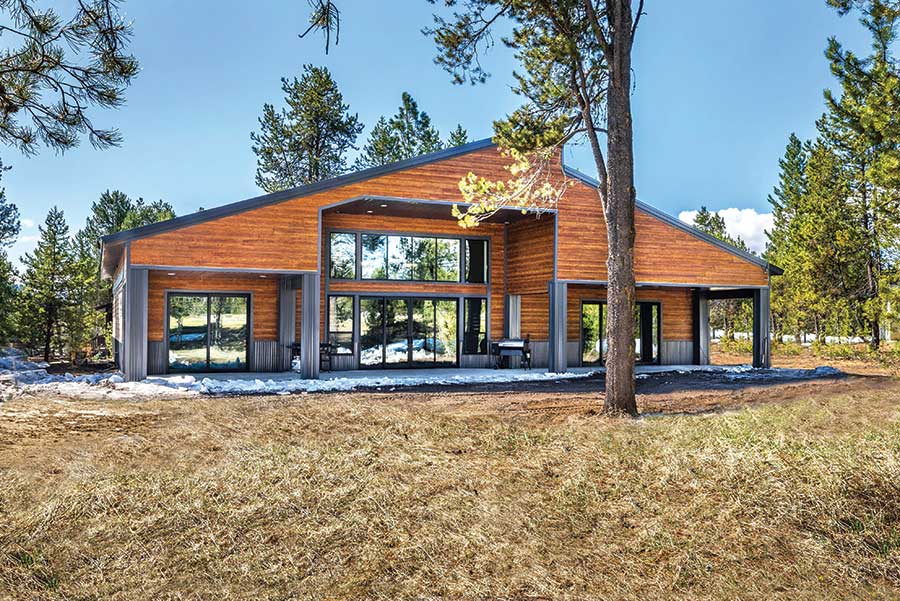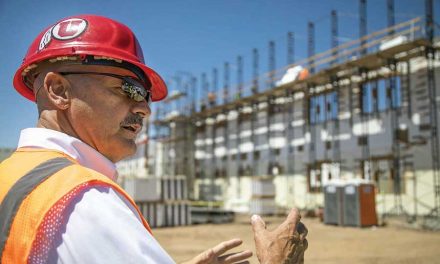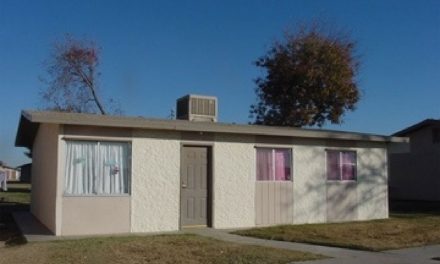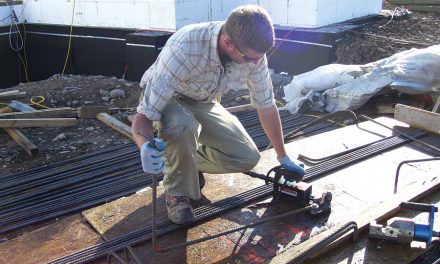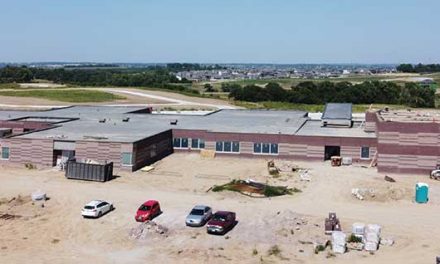The “Heaven on 11” home in McCall, Idaho, was designed by Innovative Drafting & Design LLC. It was built in an area that receives up to 300 inches of annual snowfall and is also in a high fire danger area.
For many years now, insulated concrete forms have struggled with their identity. Are they a resilient building material that can withstand high winds and projectiles? Are they a fire-resistant product that can keep your home and belongings safe in a forest fire? Are they seismically superior to stick frame in earthquake areas? Maybe they are a super energy efficient option for constructing the perfect building envelope. Or are they a GREEN product?
YES….The answer is yes to all of them. Which is exactly why ICFs are arguably the most green product you can build with. Most people hear the term “green building” and they think of recycled and renewable materials. That isn’t wrong, but the definition is truly bigger than that. Green building refers to both a structure and the application of processes that are environmentally responsible and resource-efficient throughout a building’s lifecycle, from the planning to design and construction, operation, maintenance, renovation, and even the demolition.
It all starts with efficient design. With ICF, that means looking at dimensions of the block you are using and utilizing dimensions that will minimize waste. Sometimes moving a window seven inches will keep a piece of waste out of the landfill. The designs that have less windows or sit at a different angle on the lot will change how energy efficient the structure is. Now as far as the stacking of the block goes, it is crucial to use your smaller pieces of block that have been cut off of full blocks. Those are not waste . . . those are just pieces of a bigger block that can be utilized in a wall. A good installer starts going through their scrap pile about the time they get to the top three courses. In most cases you should be able to use any piece of 6-inch or 8-inch, depending on the spacing of your webs.
Now that we have built the walls, let’s look at the operation cost of this structure that will continue to be a positive influence on the environment for the life of the building. Insulated concrete forms, on average, have an R value of 22 without a drop of concrete in them. Once concrete is placed, they will perform at twice that. A standard framed 2×6 wall with R-19 fiberglass batt in it will only perform at R-13 due to the 1 1/2 inch of softwood lumber every 16 inches on center that only has an R value of approximately 7. The R value may be debated, but the performance doesn’t lie. ICF homes usually consume one half to one third of the heating and cooling utilities as the same home built with sticks. That’s a lot of energy savings and very good for our environment.
Something that a lot of people don’t consider when they think of green building is the longevity of the structure and the effect on the environment when it has to be demolished and landfilled. Even worse, what if a natural disaster hits and destroys hundreds of homes and businesses in one area? The amount of rubbish that has to be hauled off is crazy! Let alone the fuel and man hours it takes to clean up the mess and rebuild those buildings. Now imagine the entire area built out of insulated concrete forms and able to withstand that natural disaster, and instead of seeing crews cleaning up wood studs and debris and everything being destroyed, the scene shows people returning to their homes to find all their belongings safe and sound. A little bit of clean up and everyone is back to normal.
Another aspect of green building has to be the production and materials used. Most ICF is constructed of expanded polystyrene, also known as EPS, for the main component with integrated polypropylene webs. The webs both hold the two pieces of EPS together and act as the fastening mechanism for attachment of sheetrock, siding, and other items. Though there are a multitude of other materials used to make ICF, this is the most common. Most companies use recycled polypropylene for the webs and some companies even offer the option of recycling all parts if you separate the EPS from the polypropylene. This makes the product even more green. Another thing to consider is the distance the block has to travel from production to installation. ICF manufacturers have done a great job of partnering with local EPS moulding companies all over the world. The less miles the block has to travel, the smaller the carbon footprint.
Taking all of these things into consideration, you would have a hard time finding a greener product than insulated concrete forms. Whether you are building in the frigid cold of Northern Canada, needing that energy efficient wall to protect you from below freezing temperatures, or you are in the Bay Area of California needing that super strong structure to hold up to seismic tremors. Or maybe you are in Kansas looking out for tornados or in Florida waiting on the next hurricane. You might be in Colorado where there are fires or in Arizona where the summers are hot as fire! In every one of these situations, the best product available is insulated concrete forms. It’s no wonder ICFs have such an identity crisis.
Green building refers to both a structure and the application of processes that are environmentally, responsible and resource-efficient through a building’s lifecycle from the planning to design and construction, operation, maintenance, renovation, and the demolition. No matter what part of the definition of “green building” you are most concerned with, you will be able to check that box when you choose to build with ICF.

Trevor Brown
Trevor Brown is the owner and operator of Innovative Building Products, a multiline ICF and ICF accessories distribution company. He has been in the ICF industry for over 20 years starting as an installer and distributor. He has managed the Western U.S. for an industry-leading ICF company and is now an independent consultant for ICF builders and homeowners across the country. He is also the co-host of the Build With ICF Podcast, which can be found from the website,
www.buildwithicf.com.

